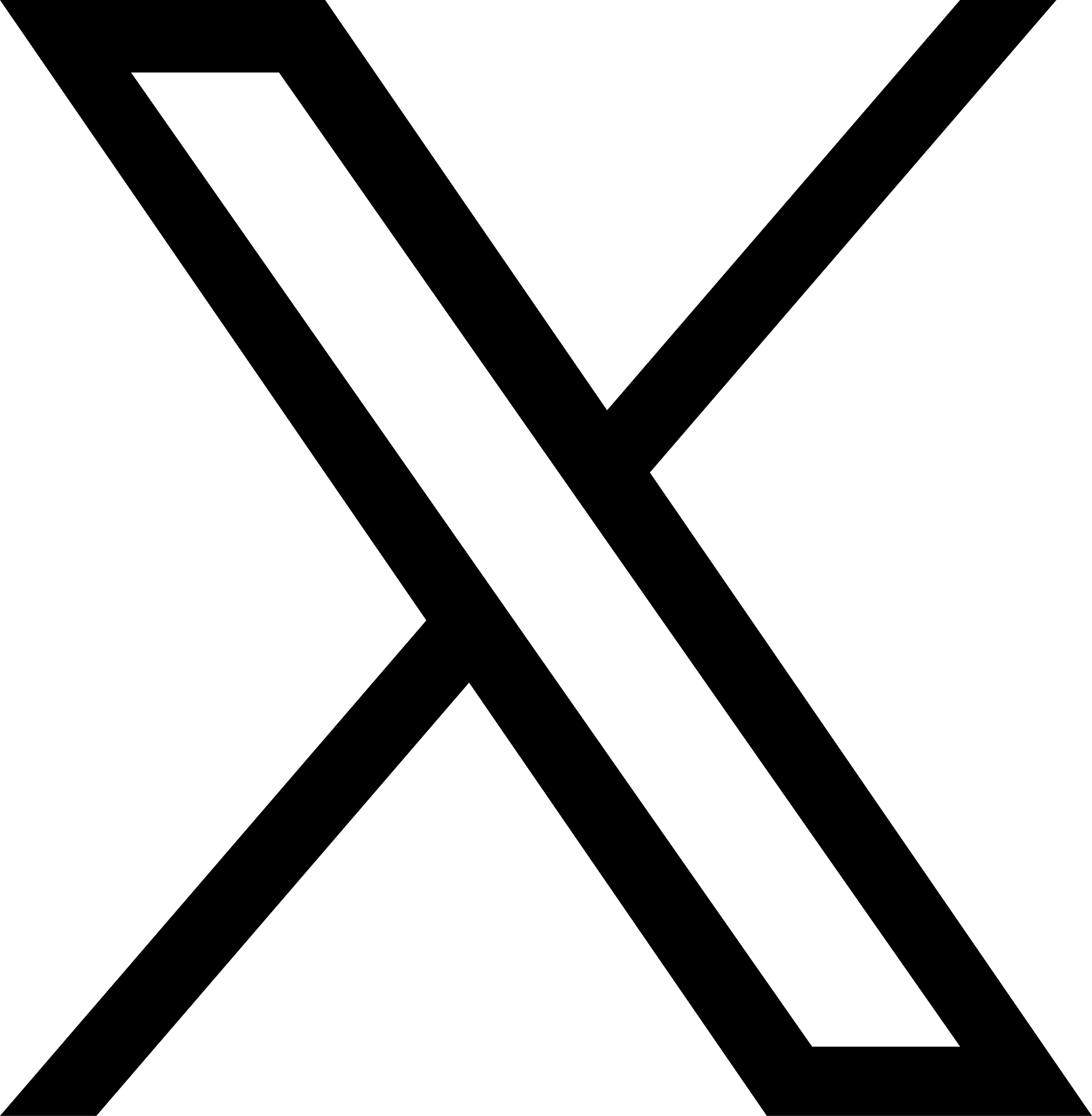What is Adverse Media Screening?
Learn about the importance of Adverse Media Screening for compliance and risk management.
Published December 23, 2024
TL;DR
Adverse Media Screening is the proactive identification of negative information from public sources like news, social media, and court records. It helps manage risks related to financial crimes, reputational harm, and compliance violations, making it a vital part of KYC and AML programs.
Screening tools leverage sources such as news outlets, legal filings, and public registers to identify risks like fraud, corruption, and terrorism financing. Challenges include data overload, false positives, and evolving risks, but technologies like AI and NLP enhance efficiency.
Following a risk-based approach and periodic reviews ensures effective screening, helping organizations protect their operations and reputations.
Introduction
Conducting Adverse Media Screening1 is the proactive identification of negative information about individuals or entities from publicly available sources, such as news articles, court records, and social media. This process forms part of managing risks associated with financial crimes, reputational harm, and regulatory non-compliance. It is also commonly known as negative news screening, which serves to highlight warnings regarding individuals and organisations involved in criminal activities such as fraud, corruption, or money laundering. As part of a broader Anti-Money Laundering framework2, adverse media checks provide the insight needed to make sure businesses do not inadvertently help facilitate financial crimes or associate with high-risk individuals or organisations. With the exponential growth of digital media, adverse media screening has become an essential compliance tool for financial institutions, real estate firms, cryptocurrency exchanges, and other regulated entities. The process not only supports legal compliance but also protects businesses from reputational damage and financial loss.
Why Adverse Media Screening matters
Adverse media screening is not only a compliance obligation but also an essential element in good business practice. Without due diligence in adverse media searches, there could be significant repercussions involving huge fines, loss of brand reputation, and disruption to operations.
Regulatory compliance: Organisations are obliged to perform adverse media screening as an integral part of their KYC and AML programs3. Regulatory frameworks such as the FATF Recommendations4 have made the identification of negative information a key factor in efforts to combat money laundering and terrorist financing. Significant penalties and increased scrutiny by regulators may be imposed for failure to comply.
Reputational protection: One association with a disreputable individual or entity can tarnish an organisation's image. It is a protective step to help businesses stay in the good books with their customers, investors, and stakeholders.
Risk mitigation: Adverse media screening tools enable a business to identify potential risks early, such as links to criminal networks or fraudulent activities. Proactively dealing with such issues helps companies avoid lengthy and expensive litigation and financial risks.
Better decision-making: With real-time access to adverse news and insights, organisations can make informed decisions at the time of customer onboarding, when entering into partnerships, or approving transactions.
Key sources for Adverse Media Screening
Adverse media screening draws from a wide array of publicly available information sources. Powerful screening tools aggregate and analyse data from the following key sources:
News media: Reports from reputable outlets often provide the first indication of criminal or unethical behavior. Major publications and investigative journalism frequently uncover activities that might not yet appear on official watchlists.
Court records: Legal filings, lawsuits, and judgements provide valuable insights into possible liabilities or associations with criminal activities.
Public registers: Publicly available corporate registries and land ownership records can often unveil hidden links or suspicious patterns that raise further investigation. With these additions, adverse media tools can provide wide coverage, enabling business entities to uncover unseen risks and protect their operations.
Social media platforms: Social media platforms have the ability to uncover relationships, statements, or activities indicative of reputational or financial risk.
Offence categories from FATF
The designated categories of offences, derived from the Financial Action Task Force (FATF) recommendations4, provide a global framework for combating money laundering and terrorist financing. These offences are
- participation in an organised criminal group and racketeering;
- terrorism, including terrorist financing;
- trafficking in human beings and migrant smuggling;
- sexual exploitation, including sexual exploitation of children;
- illicit trafficking in narcotic drugs and psychotropic substances;
- illicit arms trafficking;
- illicit trafficking in stolen and other goods;
- corruption and bribery;
- fraud;
- counterfeiting currency;
- counterfeiting and piracy of products;
- environmental crime (for example, criminal harvesting, extraction or trafficking of protected species of wild fauna and flora, precious metals and stones, other natural resources, or waste);
- murder, grievous bodily injury;
- kidnapping, illegal restraint and hostage-taking;
- robbery or theft;
- smuggling; (including in relation to customs and excise duties and taxes);
- tax crimes (related to direct taxes and indirect taxes);
- extortion;
- forgery;
- piracy; and
- insider trading and market manipulation.
These categories serve as a foundation for identifying predicate offences and can be effectively used to structure adverse media screening. By aligning adverse media checks with FATF’s classifications, organizations can systematically assess negative information, identify high-risk individuals or entities, and ensure compliance with global AML/CFT standards, thereby strengthening their risk management processes.
Designated categories of offences outlined by the FATF
The designated categories of offences outlined by the FATF serve as a global framework for combating which of the following?
A)
Money laundering and terrorist financing
B)
Corporate social responsibility
C)
Public relations campaigns
D)
Customer relationship management
The Adverse Media Screening process
Adverse media screening follows a set pattern that aligns with global compliance standards. Each step of the process is designed to minimise risks and ensure thorough due diligence.
Collecting customer data
Accurate and complete data about customers is the basis for effective screening. Customer onboarding involves the collection of names, dates of birth, identification numbers, among other unique identifiers of an individual. This provides a proper background for adverse media searches and helps limit occurrences of false positives at the screening stage.Running Adverse Media checks
The adverse media lists and external databases are cross-referenced with customer data. Advanced screening tools, such as the dilisense Adverse Media Screening5, analyze vast amounts of data to identify potential risks in real time.Evaluating results
Screening results are reviewed for relevance and materiality. For instance, an archived news article regarding a customer's unrelated legal dispute may not be an existing risk, while a current link to fraud or corruption would be acted upon immediately.Ongoing monitoring
Risks are dynamic in nature. Adverse media screening is not a one-time affair; it requires constant monitoring to keep up with the latest developments, such as newly updated sanctions or newly discovered criminal activities. Automated tools can provide businesses with alerts when new adverse media is identified.
Ongoing monitoring in adverse media screening
What is the primary purpose of ongoing monitoring in adverse media screening?
A)
That customer data doesn't need to be updated.
B)
Identification of new risks, such as updated sanctions or newly discovered criminal activities.
C)
Only archived news articles are reviewed for materiality.
D)
Compliance is maintained without requiring automated tools.
Adverse Media Screening in KYC and AML
Adverse media screening is important in both KYC and AML programs for ensuring regulatory compliance with effective risk management.
KYC integration
During the KYC process6, conducting adverse media searches aids in identifying individuals and organizations engaged in criminal activities. This ensures that new clients or partners align with the company's established risk tolerance. By offering a comprehensive understanding of customer backgrounds, it establishes a foundation for continuous monitoring and risk assessment.AML framework
Within AML compliance, adverse media screening complements other risk management strategies, such as sanctions and PEP screening, crimninal watchlist screening as well as transaction monitoring. Together, these tools create a comprehensive framework for detecting and preventing financial crime.
Challenges in Adverse Media Screening
While adverse media screening is a powerful tool, it comes with several challenges that organisations must address:
- Data overload:
The sheer volume of available data can make it difficult to identify relevant risks. Without advanced tools, businesses may struggle to distinguish useful insights from irrelevant noise. - False positives:
Automated screening tools often flag false positives, which require manual review and can strain compliance resources. - Evolving risks:
Criminals constantly adapt their tactics, making it necessary for businesses to update their adverse media screening practices regularly. - Resource constraints:
The implementation and maintenance of such robust screening systems do indeed come at a higher cost, especially for smaller organisations on a tight budget.
Role of technology in Adverse Media Screening
With modern technologies, adverse media screening has become more efficient and accurate. The main technological advancements in this area include the following:
- Artificial Intelligence (AI):
AI-powered tools analyse patterns and detect risks that might be missed by human analysts. - Natural Language Processing (NLP):
Natural Language Processing means screening tools can analyse and contextualise data from several different languages, vastly improving the scale and efficiency with which operations run. - Real-time monitoring:
Automated systems ensure alerts about new adverse media coverage, which an organisation should look into in a very prompt manner for timely response.
Best practices for Adverse Media Screening
In this respect, best practices for conducting adverse media checks should be performed to ensure efficiency.
- Adopt a Risk-Based Approach7
Prioritise high-risk customers and transactions to concentrate resources in areas where they are truly needed. - Utilize advanced screening tools
Invest in tools that have a sufficient coverage and can be easily integrated with the current compliance system and update in real-time. - Keep data updated regularly
Make sure customer data is accurate and current to minimise false positives and further enhance the accuracy of your screening. - Perform periodic reviews
Assess the adequacy of your screening processes on a periodic basis to find areas for improvement.

Protect your business with smarter Adverse Media Screening
Stay ahead of compliance challenges with dilisense’s powerful Adverse Media Screening tools. Effortlessly identify negative information across global sources, from news and social media to court records, and protect your business from reputational damage and financial crime. With automated insights and real-time updates, dilisense makes risk management smarter, faster, and more effective.
Contact UsReferences
1 Regulatory compliance on adverse media screening. Thomson Reuters. https://legal.thomsonreuters.com/blog/regulation-compliance-on-adverse-media-screening. Accessed December 20, 2024.
2 Anti-Money Laundering and Combating the Financing of Terrorism (AML/CFT). International Monetary Fund. https://www.imf.org/en/Topics/Financial-Integrity/amlcft. Accessed December 20, 2024.
3 Guidance for a risk-based approach - The Banking Sector. The Financial Action Task Force (FATF). https://www.fatf-gafi.org/content/dam/fatf-gafi/guidance/Risk-Based-Approach-Banking-Sector.pdf.coredownload.pdf. Accessed December 20, 2024.
4 International Standards on combating Money Laundering and the Financing of Terrorism & Proliferation. The Financial Action Task Force (FATF). https://www.fatf-gafi.org/content/dam/fatf-gafi/recommendations/FATF%20Recommendations%202012.pdf.coredownload.inline.pdf. Accessed December 20, 2024.
5 Adverse Media Screening API. dilisense GmbH. https://developers.dilisense.com/products/adverse-media-screening-api. Accessed December 20, 2024.
6 KYC Process and Financial Crime. SWIFT. https://www.swift.com/your-needs/financial-crime-cyber-security/know-your-customer-kyc/kyc-process. Accessed December 20, 2024.
7 FATF Guidance on the Risk-Based Approach to Combating Money Laundering and Terrorist Financing - High Level Principles and Procedures. The Financial Action Task Force (FATF). https://www.fatf-gafi.org/en/publications/Fatfrecommendations/Fatfguidanceontherisk-basedapproachtocombatingmoneylaunderingandterroristfinancing-highlevelprinciplesandprocedures.html. Accessed December 20, 2024.

